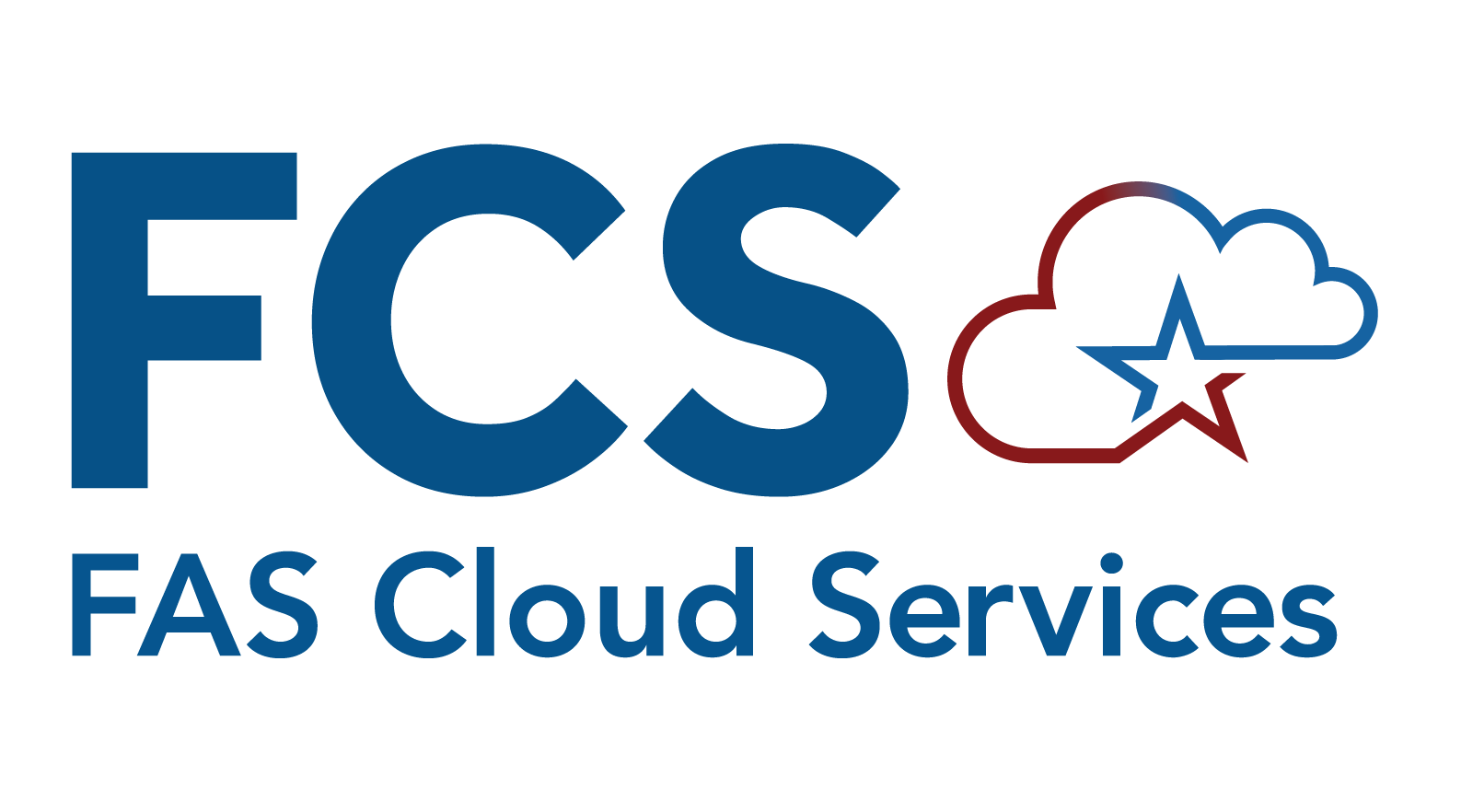Technical Approach
Technical Approach
Based on the business requirements, TMSS elected to utilize FAS Cloud Services' (FCS) EBTA (Everything but the App) Cloud Play to integrate with the FCS Cloud Ecosystem. Using the "out of the box" features provided through the EBTA option, TMSS was able to select an appropriate, modern, technology stack and leveraged several cloud native technologies.
Technology Stack:
- EC2 instance - Linux
- Application server - JBoss
- Web Server - Apache
- Database - MySQL
- Programming language - Java
- UI/UX - Angular 9.0
Cloud Native Technologies:
- AWS Aurora (MySQL)
- JAVA 8
- Spring Boot with RESTful API
Benefits of Cloud Modernization
Operations:
In addition to the cost benefits of migrating and modernizing using Cloud infrastructure, there are many operational benefits that reduce risks and increase security, efficiency, and flexibility of the system. The FCS provides many operational efficiencies and capabilities that were not readily available using the prior mainframe-based technology stack. For example, it provided the TMSS 2.0 project team with the ability to deploy a stack and redeploy stacks on an as-needed basis to patch vulnerabilities discovered by the Netsparker tool and then to perform patching in an automated manner. It also allowed the team to conduct Certificate Management with ease. Most importantly, the operational benefit is mainly felt by the tenant, which was the TMSS 2.0 project team in this case, as their O&M responsibilities became minimal with the use of FCS Cloud. Currently, TMSS is leveraging the flexibility of the cloud environment to implement a Tableau server to analyze, report, and share data more effectively.
Shared Services:
A major benefit of using FCS is the inherent shared services model. With the FCS shared services model, infrastructure maintenance of the hosted applications are spread across all application systems residing in the FCS environment. This significantly reduced cost by spreading it across multiple applications and tenants. Activities that would require human intervention or supervision are now handled by automated processes, such as the Monthly AMI patching and release, Operating System, Middleware and Database vulnerability management. In addition, the FCS environment comes with access to a ready pool of experts. (This also spreads cost across multiple tenants.) FCS experts are ready to provide assistance with architecture, visioning, setting up the Continuous Integration and Continuous Deployment (CD/CI) pipeline, setting up data visualization services as well as data warehousing in the FAS Data suite of services, capacity planning, and application security. The TMSS 2.0 system is included as a CAT subsystem residing within the EBTA environment of FCS, which expedited the time required to achieve the Authority to Operate.
Cost:
The auto-provisioning capability allowed the program to deploy services by using pre-defined procedures that were carried out automatically. FCS ensured a shorter time to achieve Authority to Operate (ATO) since the tenant inherited the majority of ATO control requirements and the application teams were only responsible for the application layer. FCS also gives the ability to scale up and down as traffic changes. This means the program pays only for usage while benefiting from the consistent infrastructure savings that FCS provides.
For further details on the project management process and lessons learned, visit the TMSS 2.0 Whitepaper in the Playbook's "Whitepapers" section.


